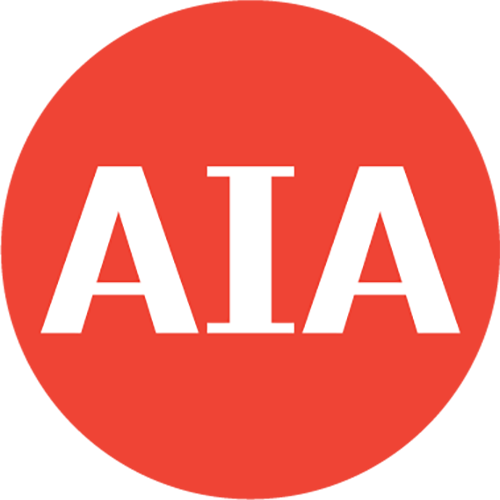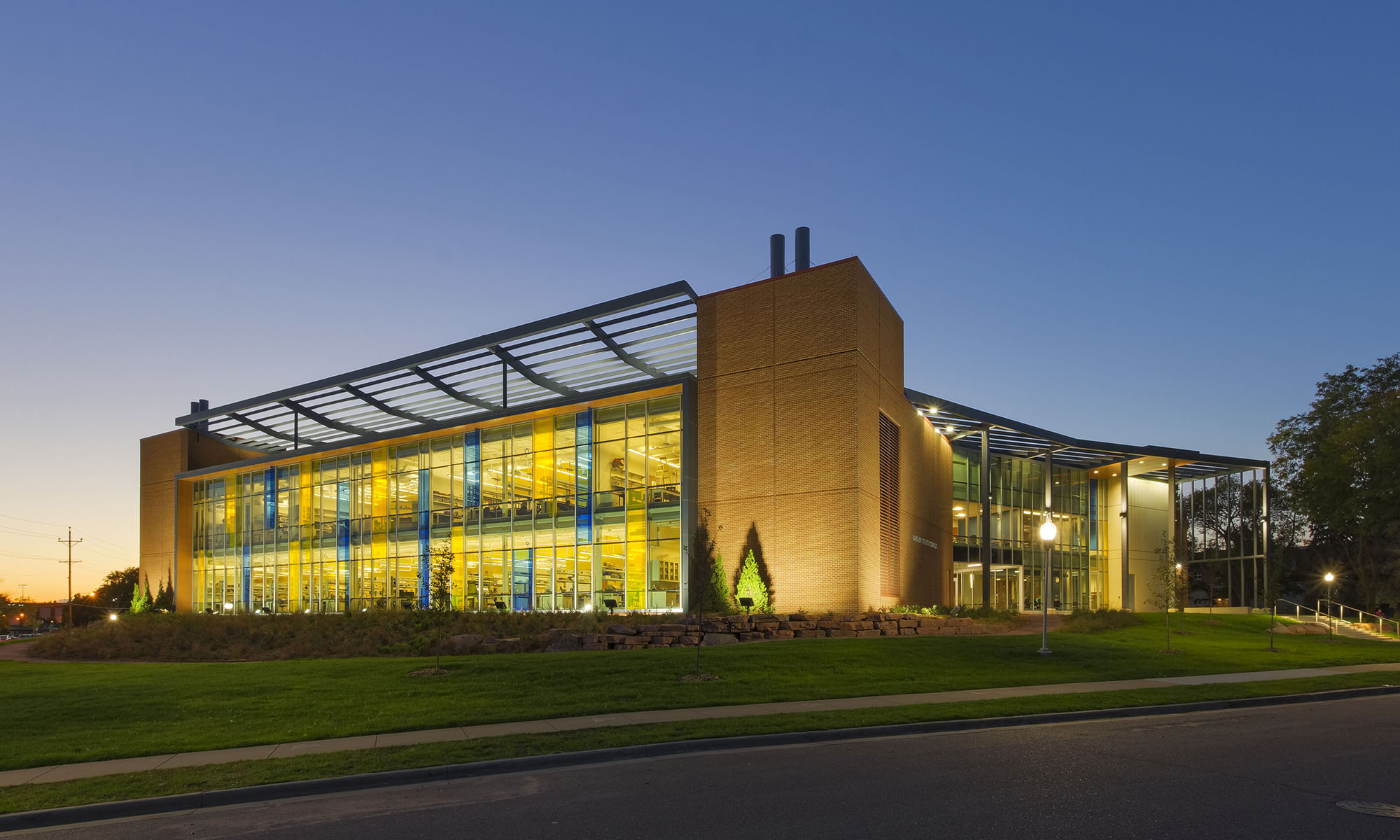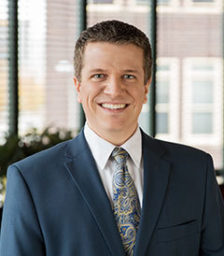Content Submitted by Justin Smith, Woods, Fuller, Shultz & Smith P.C.
The 2021 South Dakota legislative session convened Tuesday, January 12, 2021. This year marks the fourth year I have been retained as the contract lobbyist for AIA South Dakota. As of this writing, there have been a total of 477 bills, 11 commemorations, and 22 resolutions filed between the two houses. Many of these measures have been placeholders, empty vehicles designed to later be amended into substantive legislation. With the federal COVID-relief dollars received by South Dakota in 2020, our state has a surplus of one-time money. As such, there are also a number of appropriations bills, standalone spending measures for specific line items. State agencies and other organizations have proposed a list of projects and other potential targets for portions of the one-time monies.
AIA South Dakota has identified the following bills of interest to the organization and its members. For each item, a brief description is provided, along with the position taken by AIA South Dakota. A copy of the bill and its legislative history is available on the website maintained by the South Dakota Legislative Research Council.
2021 Bills of Interest
- HB 1007 – This legislation has been introduced by the Bureau of Administration. It would allow the waiver of a bid bond for any public-improvement projects up to $100,000. Currently, that limit is $50,000. AIA South Dakota is neutral on this legislation.
- HB 1014 – This bill has been introduced by the Department of Labor and Regulation. It would create a uniform complaint and declaratory-ruling process for agencies regulating certain professions and occupations. The bill text applies to any profession or occupation falling under Title 36, which would include architects. Any disciplinary proceedings or contested cases before the Board of Technical Professions that involve architects could be administered pursuant to the new process. However, since the Board already has an existing process in statute, the Board could technically choose between either statutory process. In other words, the legislation has no great impact on the profession of architecture. AIA South Dakota was neutral on this legislation.
- HB 1046 – This bill has been introduced by Rep. David Anderson at the request of numerous business, insurance, and other interest groups. It would create statutory protections from liability potentially arising from exposure to COVID. This measure represents employer and business concerns with potential lawsuits over such exposures. It would protect any members of AIA South Dakota who have employees. AIA South Dakota was officially neutral on this bill, although the Board expressed support for the bill during discussions.
- HB 1077 – Governor Noem has introduced this legislation, which would streamline the process for interstate licensure for a number of occupations and professions, most of which are medically related. The bill is quite similar to the Interstate Temporary Professional Licensure Compact introduced by Governor Daugaard in 2018. However, it appears Governor Noem has chosen to omit the groups that fought the bill in 2018. Even so, passage of this bill will put the statutes in our Code, making it a simple measure in future sessions to add further professions. Some of the professions implicated in the bill are physicians, nurses, therapists, social workers, and others. Since the bill does not currently apply to architects, AIA South Dakota voted to remain neutral on the legislation. However, AIA South Dakota will send a letter to Governor Noem, thanking her for omitting the profession of architecture from the bill and from her prior Executive Order in May 2020.
- HB 1113 – This legislation updates statutory references to the International Building Code to reflect the 2021 edition of that compendium. AIA South Dakota generally supports this routine legislation.
- HB 1143 – This legislation would allow second- and third-class municipalities to issue property-tax rebates to qualifying industrial projects to encourage such developments. The prime sponsor is Rep. David Anderson of Canton. Passage could open up new development opportunities across South Dakota. AIA South Dakota as neutral on this bill.
- SB 21 – This bill was introduced by the Department of Transportation. It would expand the options available to the State for public-improvement contracts on the trunk-highway system. Presently, the DOT may only bid out such projects on a design-build basis. SB 21 would also allow (i) indefinite delivery and indefinite quantity, and (ii) emergency procurement. According to the DOT, this change will allow for greater flexibility and more timely response in certain projects. Since architects are not involved in most highway projects, AIA South Dakota was neutral on this bill.
- SB 134 – This legislation was filed late in the day on January 28, 2021. In its original form, SB 134 would have eliminated all LEED certification requirements for any state building projects, including those under the Board of Regents. When it was filed, it generated serious discussion within AIA South Dakota. The board decided the organization must oppose in the bill’s original form. During the first hearing, I testified in opposition to the bill but committed that AIA South Dakota would work with the Regents, AGC, and other stakeholders on a possible friendly amendment to be offered at the next hearing. Over the next 48 hours (February 3-4), meetings were held among the stakeholders and there was nearly an agreement struck on an amendment acceptable to all sides. However, the Regents sent their final proposed amendment late in the day on February 4, which left intact the repeal of any required certification. With the Regents’ amendment, the law would only require “good faith intent” to work toward LEED standards. This was unacceptable to AIA South Dakota, and I testified strongly in opposition to the bill on Friday, February 5. Our arguments were good ones, but the committee ultimately adopted the Regents’ amendment and passed the bill to the floor on a vote of 4-2. We scheduled a meeting with Sen. Maher, the Regents, and the other stakeholders for Monday afternoon (February 8). During that meeting, the Regents opened the discussions by offering to keep the certification requirement but removing the language on “17 energy and atmosphere points.” The Design Professionals Coalition then requested that the bill be amended to leave in the ability for projects to obtain waivers in a few of the circumstances listed in SDCL § 5-14-34. The Regents sent an e-mail late Monday (February 8) in which they laid out the potential amendment in full. The AIA South Dakota board reviewed the proposal and accepted on behalf of the organization. The bill was then amended on the Senate floor and passed by the full Senate 34-1. The bill is now in the House Local Government Committee, but has not yet been scheduled for hearing in that committee. We will continue to closely monitor the bill throughout the balance of the process and advocate against any further changes. In its current form, AIA South Dakota is neutral on this legislation.
- SB 179 – This bill has been filed by Sen. Ryan Maher. The legislation applies to any member of the legislature licensed by any state board or commission. It is intended to allow a licensing board or commission to count legislative service toward continuing education requirements. It is inserted into the chapter of our state Code pertaining to legislators. The bill gives the licensing board or commission the sole discretion to decide whether and to what extent to count legislative service toward continuing education. AIA South Dakota is neutral on this bill.
Takeaways from SB 134
The process of negotiating and lobbying on SB 134 involved a great deal of time and energy on the part of AIA South Dakota. The bill was first filed January 28, 2021, and the eleven days that followed were a whirlwind of activity on the part of the board, executive director, and lobbyist for the organization. The outcome of the work on SB 134 was certainly a better bill than was originally introduced. Ultimately, AIA South Dakota is neutral on the current version of the bill. However, the organization and its members would have preferred the pertinent statutes in Chapter 5-14 remained unchanged. The LEED-certification standards provide important energy-efficiency and environmental requirements. These requirements are intended to save money in the long term for South Dakota taxpayers and students of public universities in this state. Indeed, when the original statutes were proposed in 2008, testimony revealed that only 25% of state building costs are spent on the front end. A full 75% of state building costs are paid out over the life of the building for maintenance, repair, and energy costs. With this in mind, a repeal or reduction of the required certification standards would have an obvious and substantial impact on the costs of these projects.
The process of working on SB 134 for the eleven days outlined above has been educational for AIA South Dakota. Going forward, the following are some takeaways for AIA South Dakota and its lobbyist:
- The South Dakota legislative session lasts only nine weeks, meaning stakeholders must often work very quickly and aggressively on legislation. In some cases, organizations will be required to devote substantial attention to a bill, at least for short periods of time.
- In some cases, strong arguments and hard work will not be enough to defeat a measure that has substantial support within the legislature and state government. In such cases, negotiation and compromise may be the best outcome for an organization opposed to the legislation.
- Open and constant communication between AIA South Dakota and its lobbyist is crucial throughout the legislative session. The lobbyist must communicate all information and questions to AIA South Dakota, while the organization must educate the lobbyist on background and direction for each item.
- Direct contact will often optimize the efficiency of decision making, mutual education, and compromise negotiations. Meetings, including phone conferences, allow all the parties to ask questions, provide education, and make decisions in real time.
Following the conclusion of the 2021 legislative session, these takeaways can be discussed in more detail. In this way, the work on SB 134 will help AIA South Dakota to hone strategies for future legislative advocacy.

AIA South Dakota is the professional non-profit membership association of architects, future architects, and partners in the building and design industries, and the state chapter of the American Institute of Architects (AIA) AIA South Dakota advances the mission that design matters in every South Dakota community.


